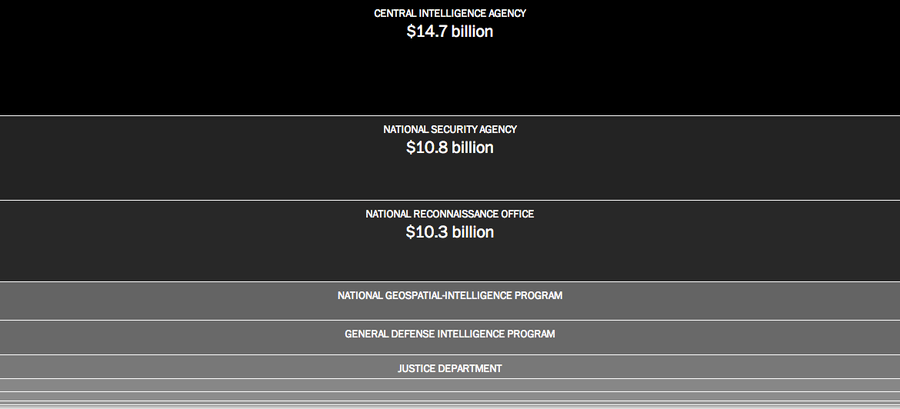Secrets of FBI Smartphone Surveillance Tool Revealed in Court Fight | Threat Level | Wired.com
Jared Sperli stashed this in security
Stashed in: Privacy does not exist.
Rigmaiden, who is accused of being the ringleader of a $4 million tax fraud operation, asserts in court documents that in July 2008 Verizon surreptitiously reprogrammed his air card to make it respond to incoming voice calls from the FBI and also reconfigured it so that it would connect to a fake cell site, or stingray, that the FBI was using to track his location.
Air cards are devices that plug into a computer and use the wireless cellular networks of phone providers to connect the computer to the internet. The devices are not phones and therefore don’t have the ability to receive incoming calls, but in this case Rigmaiden asserts that Verizon reconfigured his air card to respond to surreptitious voice calls from a landline controlled by the FBI.
The FBI calls, which contacted the air card silently in the background, operated as pings to force the air card into revealing its location.
In order to do this, Verizon reprogrammed the device so that when an incoming voice call arrived, the card would disconnect from any legitimate cell tower to which it was already connected, and send real-time cell-site location data to Verizon, which forwarded the data to the FBI. This allowed the FBI to position its stingray in the neighborhood where Rigmaiden resided. The stingray then “broadcast a very strong signal” to force the air card into connecting to it, instead of reconnecting to a legitimate cell tower, so that agents could then triangulate signals coming from the air card and zoom-in on Rigmaiden’s location.
To make sure the air card connected to the FBI’s simulator, Rigmaiden says that Verizon altered his air card’s Preferred Roaming List so that it would accept the FBI’s stingray as a legitimate cell site and not a rogue site, and also changed a data table on the air card designating the priority of cell sites so that the FBI’s fake site was at the top of the list.
Rigmaiden makes the assertions in a 369-page document he filed in support of a motion to suppress evidence gathered through the stingray. Rigmaiden collected information about how the stingray worked from documents obtained from the government, as well as from records obtained through FOIA requests filed by civil liberties groups and from open-source literature.
During a hearing in a U.S. District Court in Arizona on March 28 to discuss the motion, the government did not dispute Rigmaiden’s assertions about Verizon’s activities.
The actions described by Rigmaiden are much more intrusive than previously known information about how the government uses stingrays, which are generally employed for tracking cell phones and are widely used in drug and other criminal investigations.
Things are even worse than they seemed.











10:44 PM Jun 05 2013